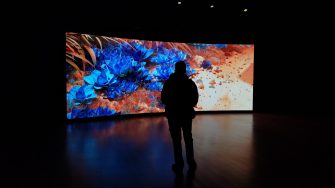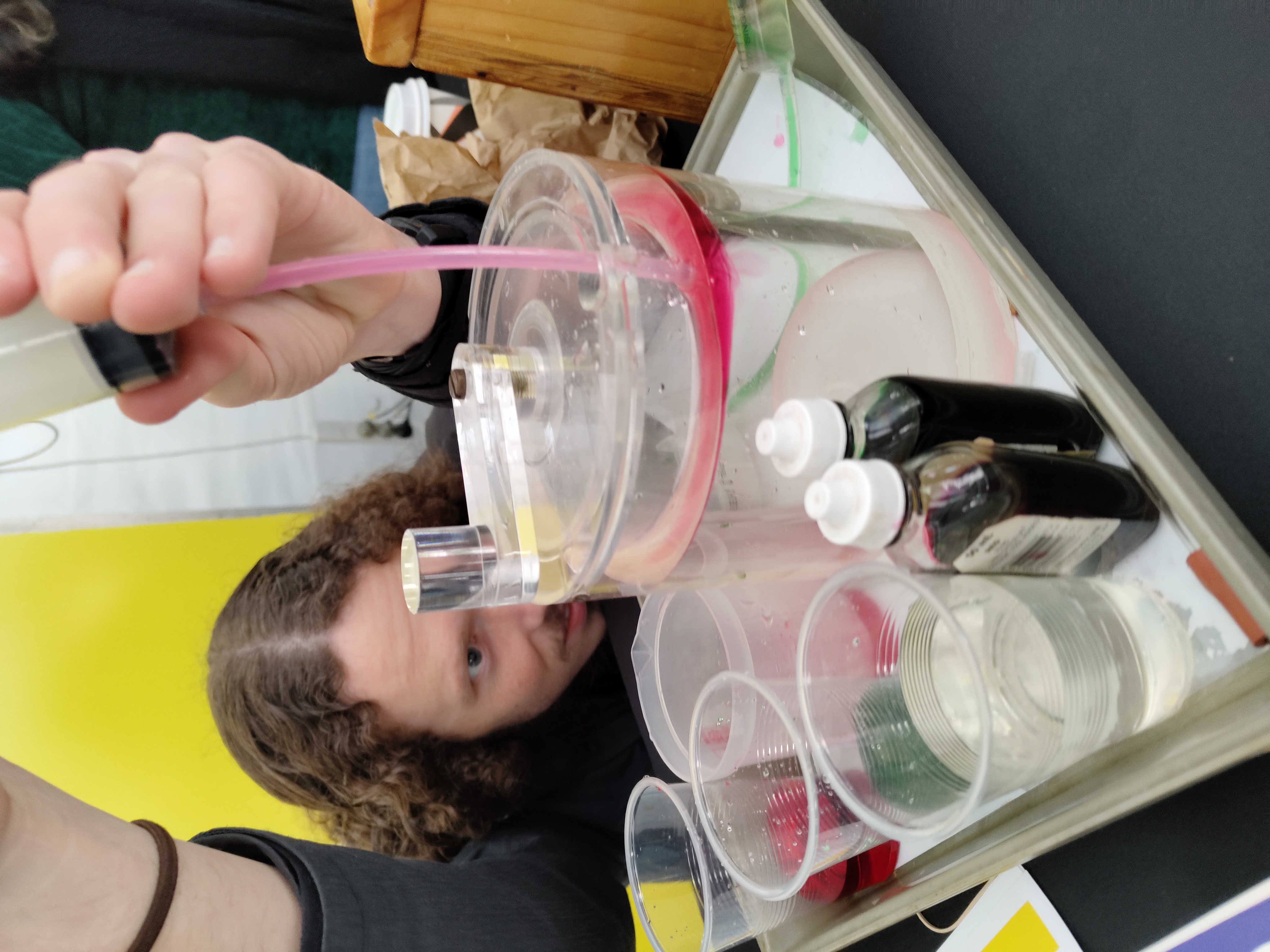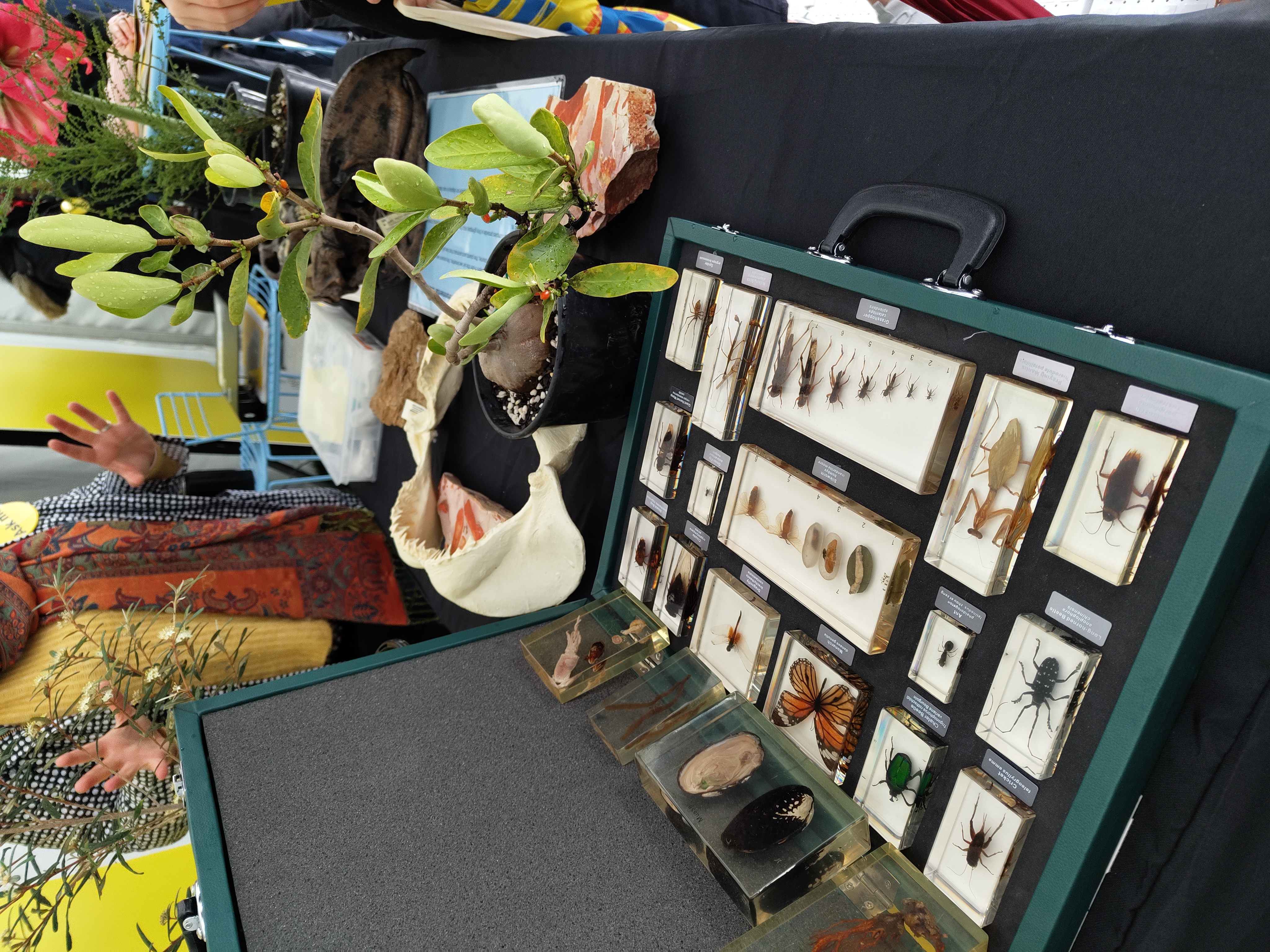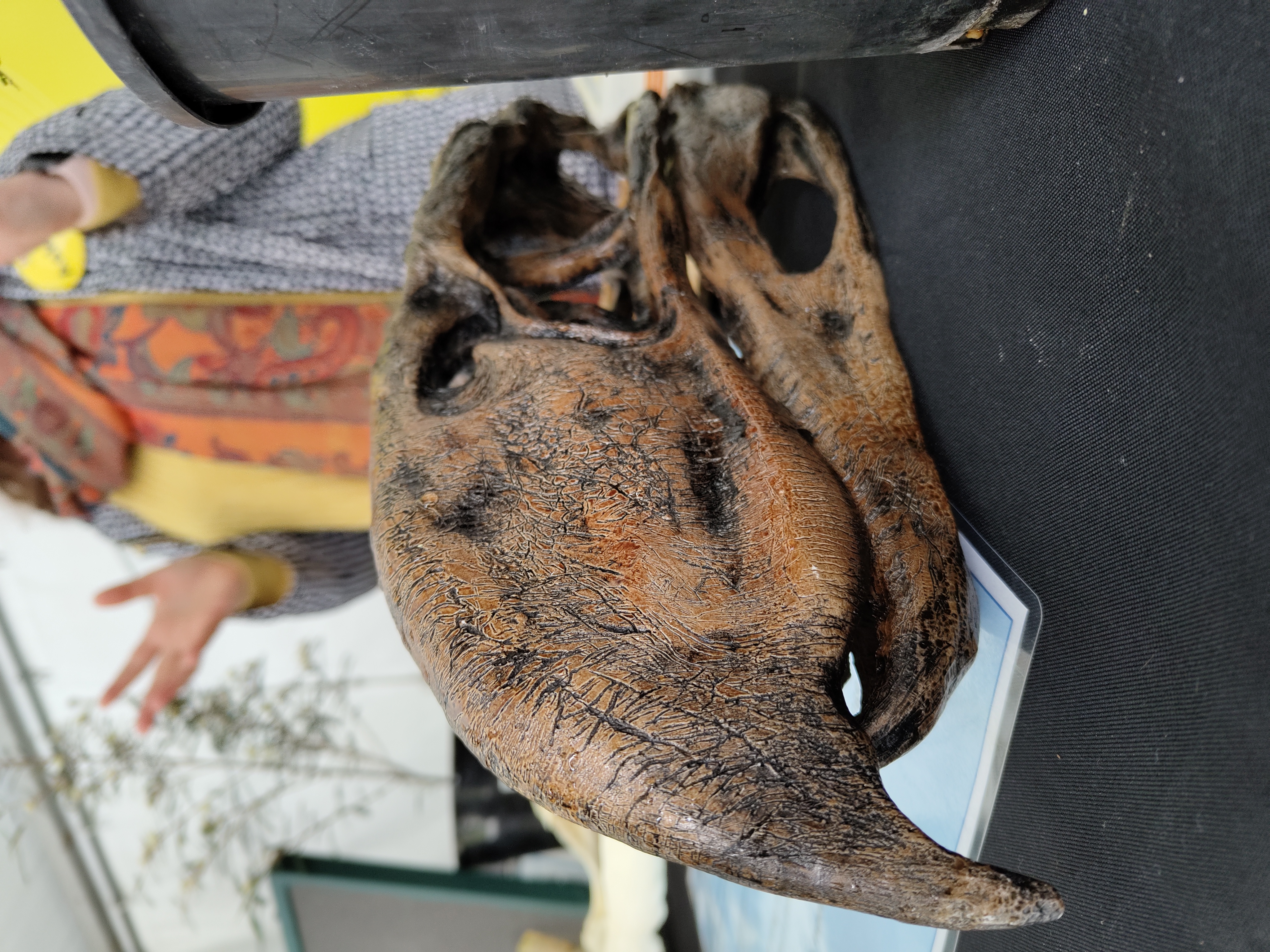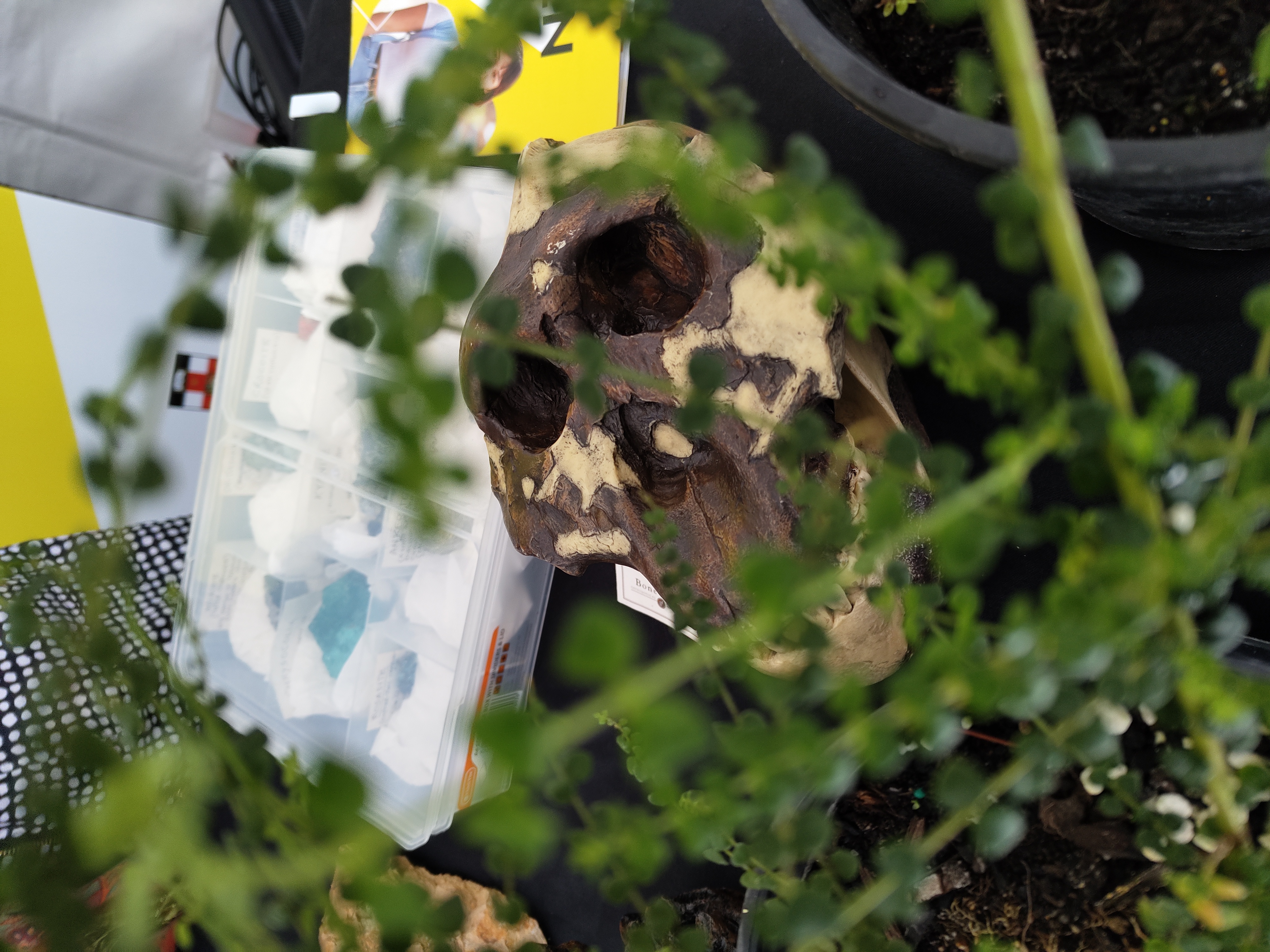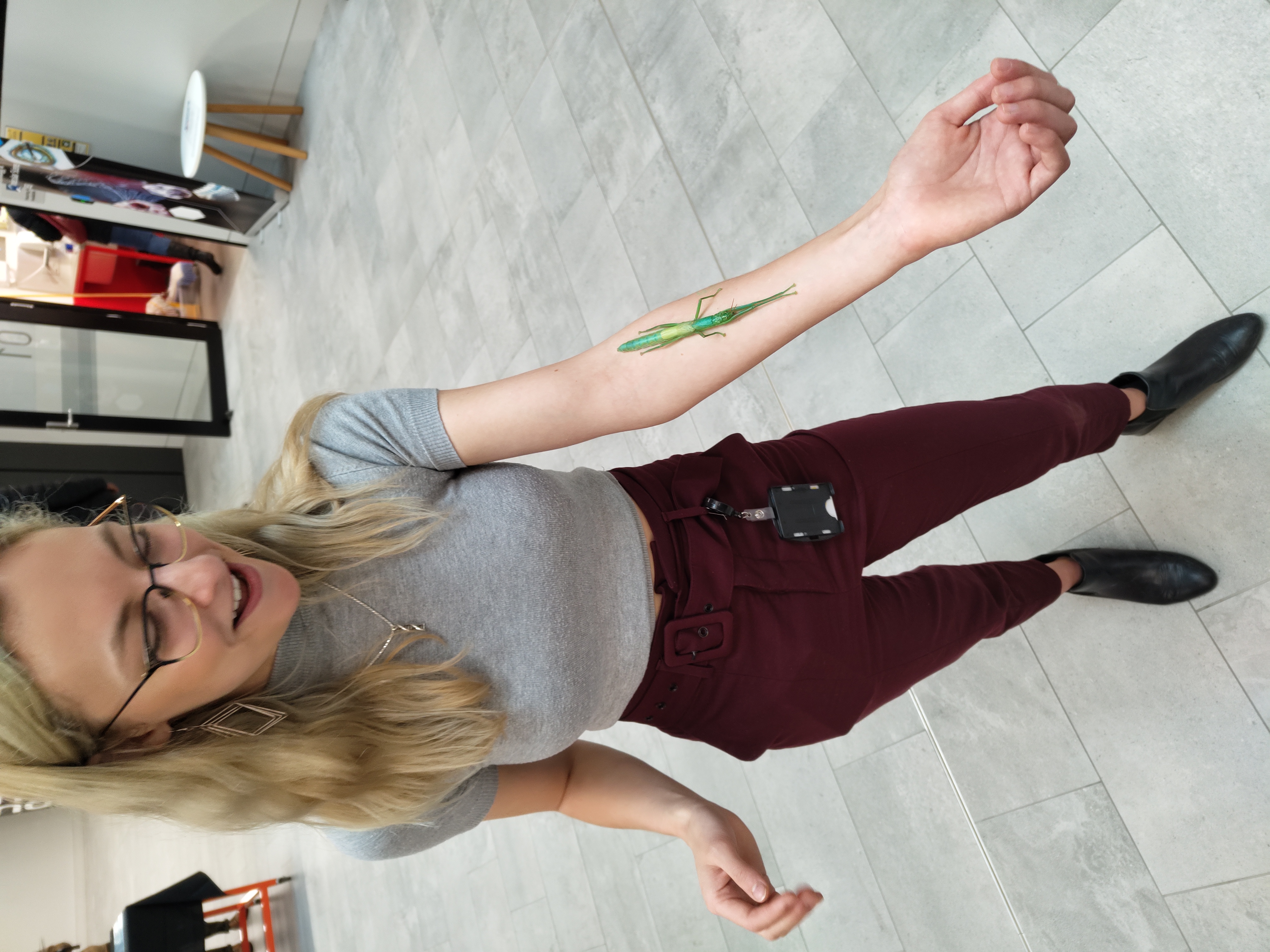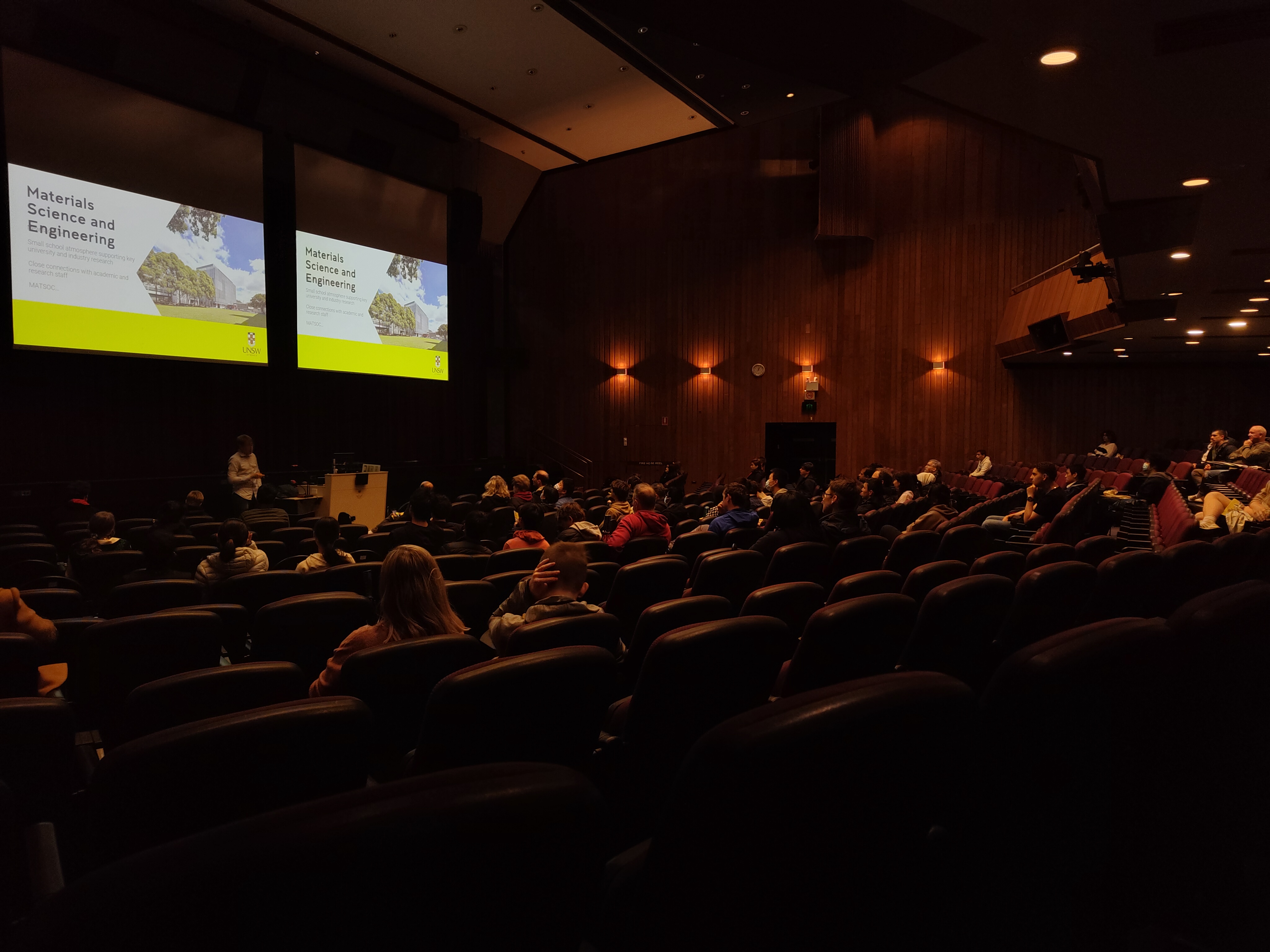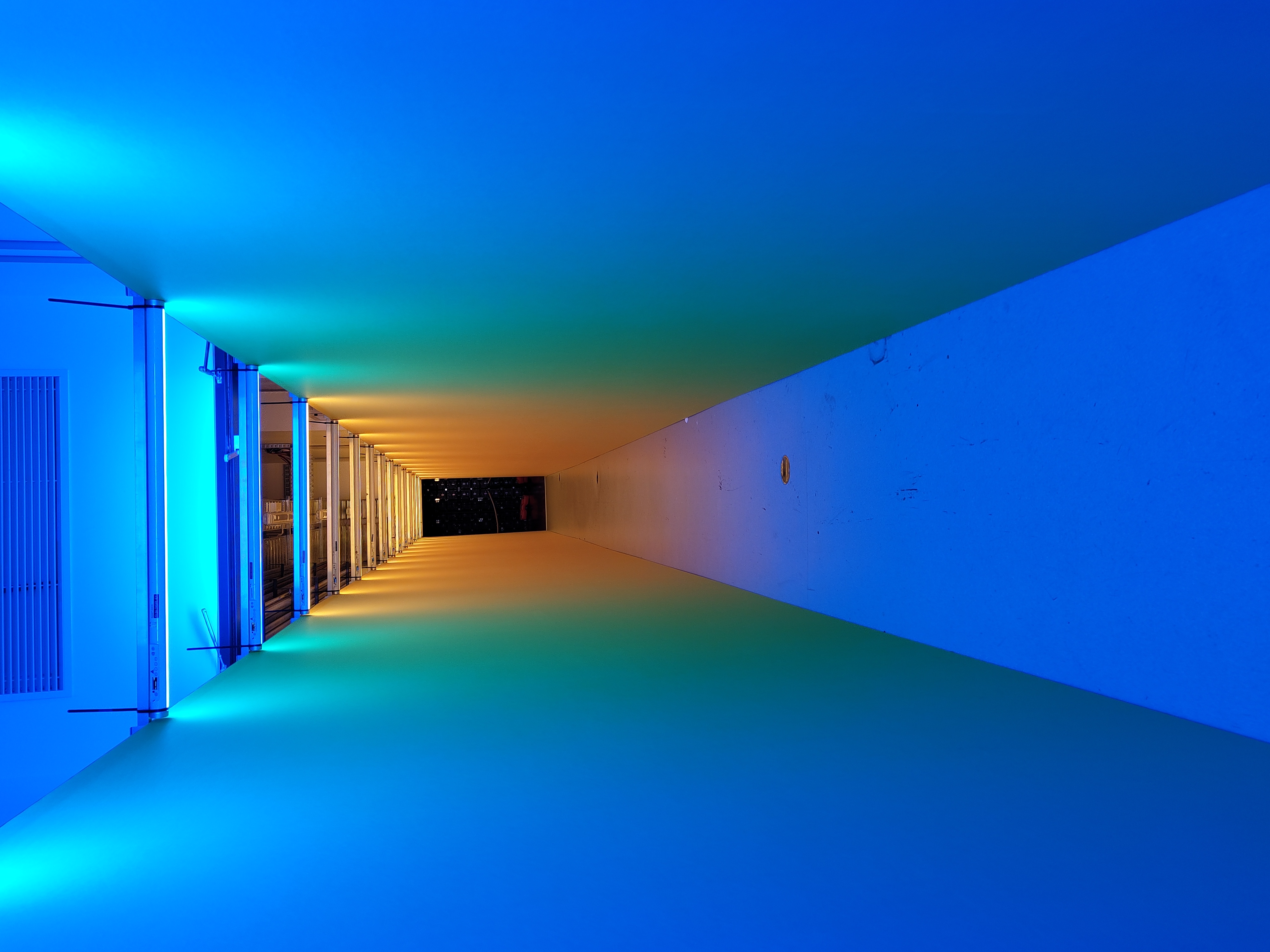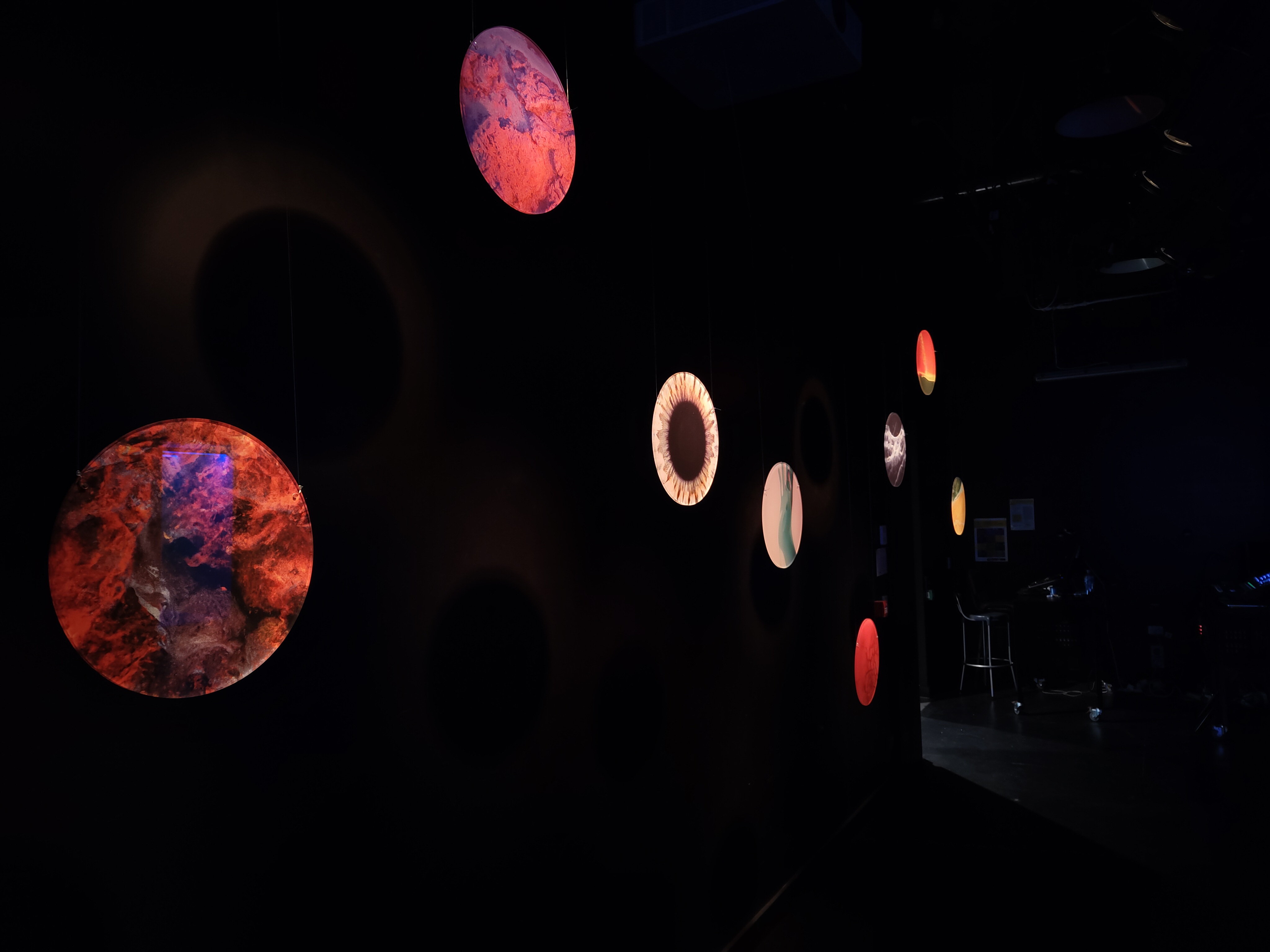Open Day 2022: A fête of nature, interaction and careers with UNSW Science
On Saturday 3rd September, after years of Open Day dormancy, UNSW became a hive of activity – welcoming prospective, current and postgraduate students through its leafy boulevards to visit and discover all it had to offer.

